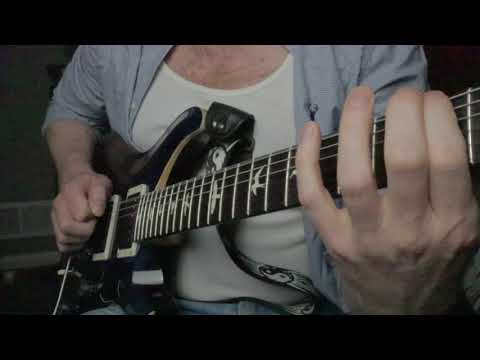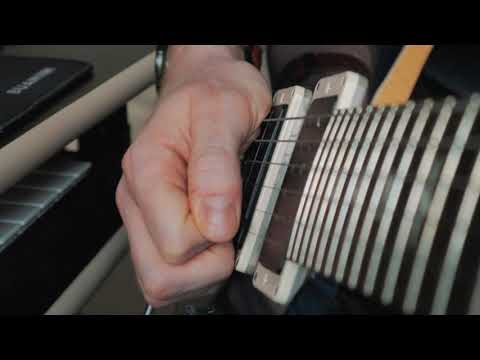Hi all,
This is my first post on the forum. I joined Cracking The Code because I passionately want to improve my playing. I find the Pickslanting Primer endlessly fascinating, and it’s expanded my understanding of the mechanics involved in my playing so much.
Unfortunately, I feel as though I am reaching a point in my own practicing where I am becoming increasingly despondent at my lack of progress. I have been consciously working on my speed picking for about 6 months now, for around an hour a day (give or take). I try to spend that entire time being mindful of my technique, and constantly assessing it for accuracy and fluidity. I’ve been applying many of the principles I have learned in the Pickslanting Primer, but I still feel as though I am just not making progress.
Some things I’ve learned so far:
- I am a huge string-hopper, and trying to train myself out of this is extremely hard.
- I’ve played angle pad most of my guitar playing life (about 20 years), but after a couple of months of Cracking The Code, just could not get it to work with speed picking, so switched to trigger style.
- Probably the biggest problem I have right now is figuring out where my supporting fingers on my picking hand go. I seem to get so much more accuracy when I anchor something on the guitar body, but then when I try to play down to the lower strings, this just becomes unsustainable.
I know it’s possible for me to learn to do this. But I feel as though I’m reaching a point where, the more time I put in, the more I feel like a total failure because my hands just don’t seem to want to do what I’m seeing in the Pickslanting Primer videos. My conceptual knowledge has increased vastly, but my hands just don’t want to do it.
Anyway, that’s my (slightly negative) introduction of myself to this forum. I’m hoping maybe being part of a community like this can help keep me on this journey, and motivate me to keep trying.
Chris




